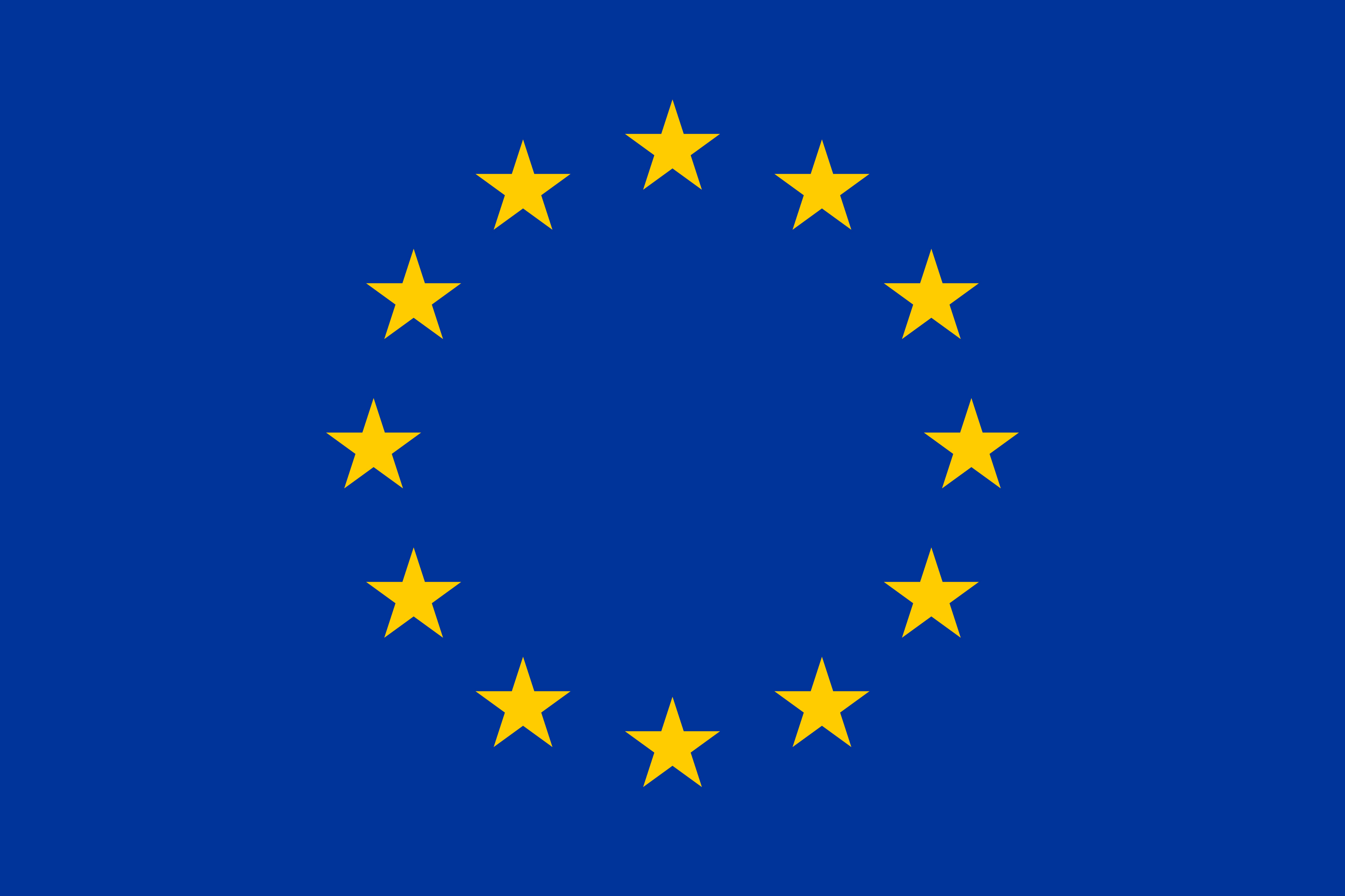WePass2: Making the Iron Gates passable for Danube sturgeon
Sturgeon and the Danube
Having remained largely unchanged in some 200 million years, sturgeon fish species represent a natural heritage of the Danube River Basin. The ICPDR has adopted the ‘living fossil’ and threatened Danube Sturgeon as its flagship fish species. Sturgeon require different habitats and structurally varied river landscapes at different stages of their life cycle, and due to their sensitivity to environmental pressures, sturgeons are an indicator species for the ecological quality of rivers – thus making them the ideal candidate to represent the region’s various threatened migratory fish species, and its general ecological well-being as a whole.
References to sturgeon conservation activities can be found in the national River Basin Management Plans of the Danube countries, the Danube River Basin Management Plan-Update 2021 and in the Danube Ministerial Declarations 2016 and 2022. Thus, advancing broad public awareness and political commitment for Danube Sturgeons – in addition to other characteristic migratory fish of the Danube – are a priority towards safeguarding the ecosystem of the Danube River Basin as a whole.
Feasibility for the Iron Gate Dams
The Iron Gate Dams and Hydropower Plants I and II (aka Porțile de Fier / Đerdap) on the border between Romania and Serbia represent the most significant river continuity interruption on the main stem of the Danube River, representing impenetrable obstacles for migratory fishes. These schemes date back to the 1960s; the first dam having been completed in 1972, and the second in 1984. While an undoubtedly exemplary international project between the two countries, and a vital source of carbon-free energy for the region, the Iron Gate Dams have also had adverse ecological effects, including blockage of the migration corridor of Danube fish species.. The impact of the dams has resulted in sharp declines of the formerly six native Danube sturgeon species in recent decades.
In an European context the Iron Gate Dams are a top priority for river continuity restoration. Restoring fish passage at the Iron Gate Dams has been classified as of “utmost priority” in the Danube River Basin Management Plans. It is a central concern in the wider endeavor of preserving biodiversity and the ecological viability of the entire Danube River.
Previous studies have concluded that fish migration restoration appears technically feasible at the Iron Gate Dams I & II. In this second project stage “WePass2” options to establish up- and downstream fish passage at both Iron Gate Dams are investigated and a preliminary design of the identified preferred fish pass(es) comprising all technical elements will be elaborated including a first cost estimate. This will allow funding decisions to be made, and implementation of fish pass facilities at the Iron Gate in a subsequent stage.
CDM Smith has been contracted by the European Commission Directorate Environment to carry out the feasibility study including:
- an alternatives study to identify feasible options for upstream fish passage, and fish protection and downstream passage restoration;
- fish movement monitoring at the dams and in the reservoir using 3D acoustic telemetry; and
- preliminary design of the preferred option(s) including 2D and 3D hydro-numerical modelling.
The above activities are executed by an international team of multi-disciplinary experts and are based on initial works carried out in the first WePass project stage.
WePass2 pursues the targets of pertinent policies, regulations, and frameworks. Besides the EC Water Framework Directive, it will also contribute to achieving the objectives of the EU Biodiversity Strategy for 2030, the EC Habitats Directive, the Bern and Bonn Conventions (incl. Pan-European Action Plan For Sturgeons) and the ICPDR Sturgeon Strategy.
The Iron Gates
Project partners



Our feasibility study will allow funding decisions to be made and prepare the detail design of the identified preferred fishway solutions.

This project has received funding from the European Union
